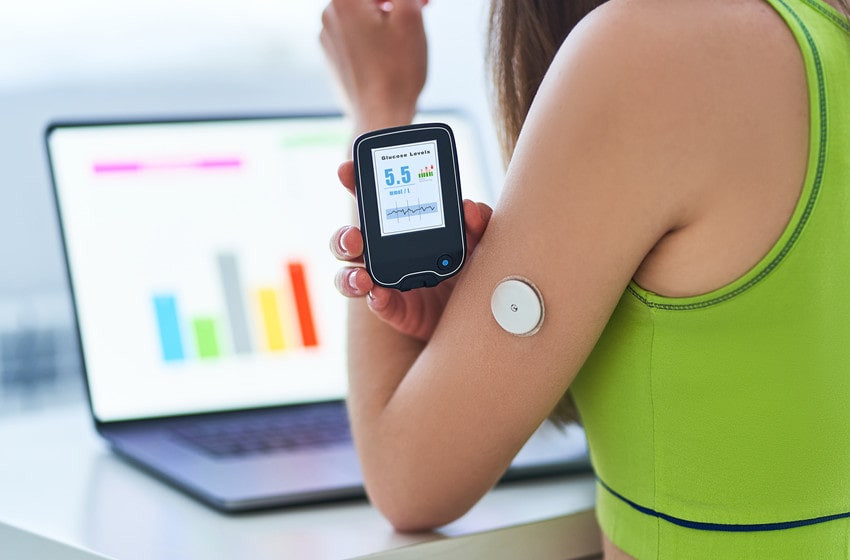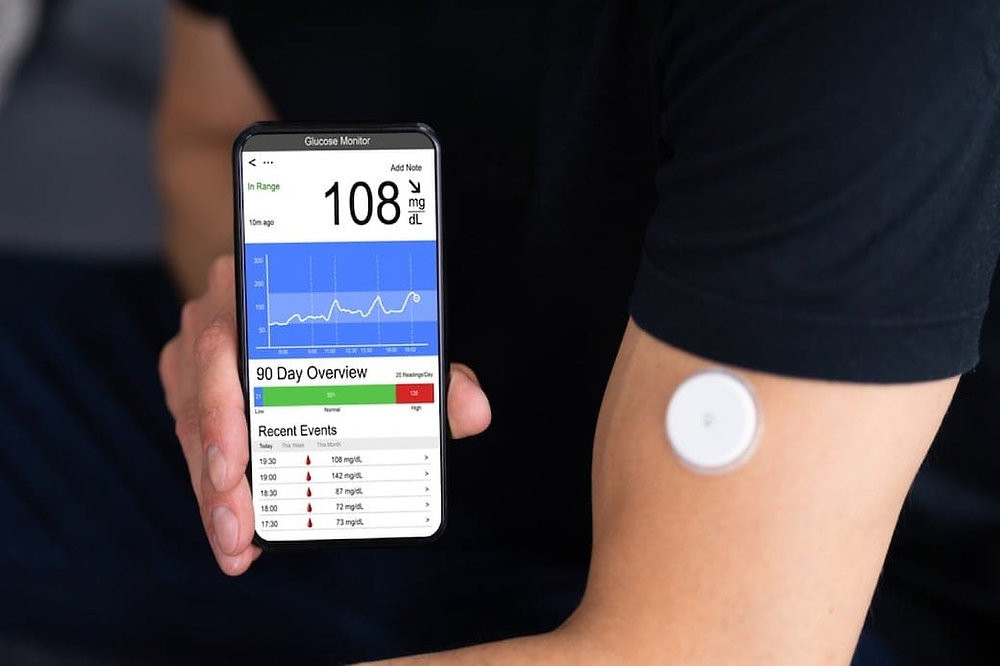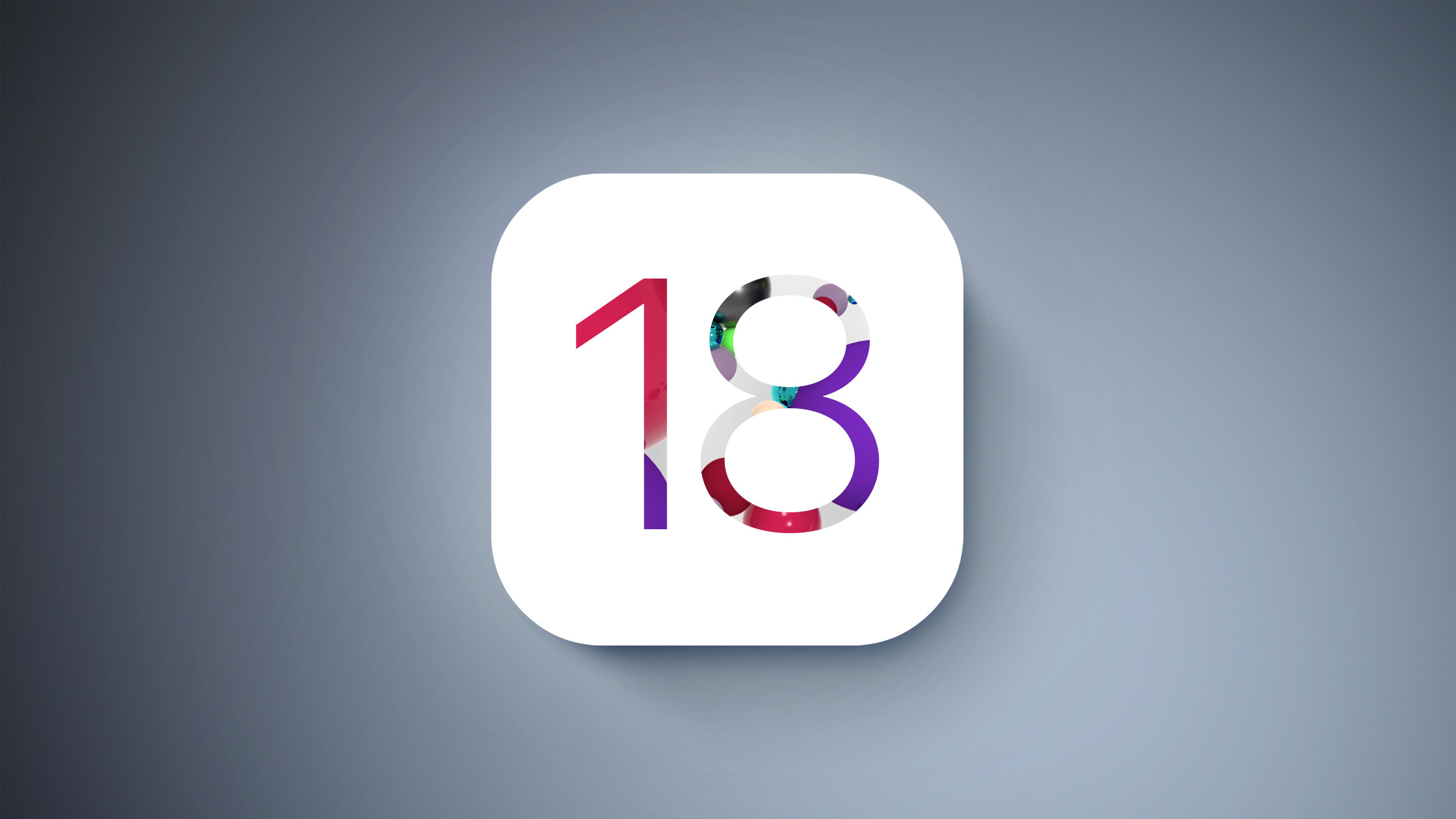Huawei has officially announced its TruSense System, which will power its next-generation wearables. According to Huawei, its innovation-driven system marks another milestone in bringing accurate, science-based health and fitness tech to mass users.
Huawei started its wearable journey 11 years ago and now it has a variety of wearables ranging from affordable fitness bands to upmarket smartwatches with premium materials. The Chinese tech giant has already shipped more than 150 million wearable devices and it has acquired over 520 million users for its Huawei Health app.
According to IDC, Huawei is ranked #1 for on-the-wrist wearable devices worldwide in terms of shipments for Q1 2024. It also claims to be the leading wearable brand in the Chinese market for five consecutive years.
Huawei TruSense: A Leap Forward in Wearable Health Technology
While introducing the all-new fitness platform, Huawei’s Smart Wearable and Health Product Line President Rico Zhang said, “Huawei TruSense is a major breakthrough for us in health and fitness sensor technology and will keep us at the forefront of technological development in this space. This digital health advancement will further help users pursue healthier lifestyles.”
Huawei acknowledges that consumers worldwide are getting more health conscious and there’s a growing demand for convenient, comprehensive and accurate monitoring capabilities. To respond to the market demand, Huawei has developed new technologies for vital sign monitoring called Huawei TruSense System which emphasises accuracy, comprehensiveness, speed, flexibility, openness and iteration.
The Science Behind TruSense
Huawei TruSense leverages advanced sensor technology and algorithms to provide accurate and comprehensive health data. Key features of TruSense include:
-
Enhanced Sensor Technology: Huawei’s all-new Super-Sensing Module boasts a multi-region optical path design which evens out signal distribution to overcome challenges of uneven blood vessel distribution while getting a reading in various scenarios. On top of that, the new sensor has a multi-spacing optical path architecture designed to offer more accurate measurement results.
-
Faster Measurements: Besides accuracy, Huawei wants to reduce the measurement time without compromising on accuracy. For example, the SpO2 measurements now take just less than 15 seconds, which is a reduction of almost 10 seconds of its current generation sensor.
-
Comprehensive Data Collection: Huawei TruSense is capable of measuring more than 60 health and fitness indicators covering six of the body’s major systems. These include heart rate, SpO2, blood pressure, sleep quality, stress levels, and even emotional wellbeing.
-
Certified Accuracy: For greater peace of mind, the accuracy of basic indicators such as heart rate, SpO2 and blood pressure has been certified by authoritative industry bodies worldwide. Huawei’s wearables such as the Huawei Watch D have been certified by Malaysia’s Medical Device Authority.
The Importance of Blood Pressure Monitoring
During today’s event, Huawei has put a lot of emphasis on the need for blood pressure monitoring. As shared by Chinese Hypertension League President, Professor Jiguang Wang, approximately 1 in 3 adults suffer from hypertension and almost one-half are unaware of their condition. The number of individuals with hypertension has doubled over the past 30 years from 650 million in 1990 to 1.3 billion in 2019.
Hypertension not only leads to stroke and heart attacks, but it can cause kidney damage and other health problems as well. Therefore, there’s a strong need for an accurate diagnosis of hypertension with long-term tracking and regular measurements. At the moment, ambulatory blood pressure monitoring (ABPM) which can measure blood pressure continuously often comes in bulky form factors which are not practical for daily use. From the looks of it, ABPM could be one of Huawei’s main focus areas for its upcoming products.
A New Era of Wearable Health
Huawei TruSense represents a significant step forward in wearable health technology. The system’s accuracy, comprehensiveness, and speed offer users valuable insights into their health, empowering them to make informed decisions about their well-being.
With the launch of TruSense, Huawei is poised to further strengthen its position as a leader in the wearable market, offering users a powerful tool for managing their health and fitness.
What's Next for Huawei Wearables?
Huawei TruSense-powered devices are launching in September. The company didn’t introduce or tease any new wearable products at the event. However, it revealed that its new TruSense-powered Huawei wearables will be launching sometime in September. Since Malaysia is a key market for Huawei, we can expect the Chinese brand to launch its next generation of wearables in our local market very soon.
Huawei's commitment to innovation in wearable health technology is clear, and TruSense is just the beginning. As the company continues to develop and refine its technology, we can expect even more exciting advancements in the years to come.


















